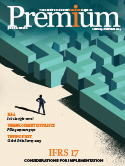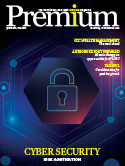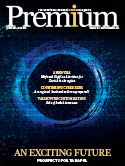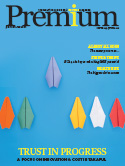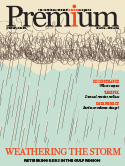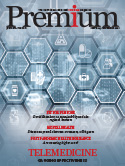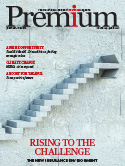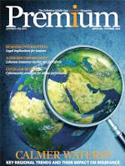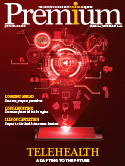GC, RiskGenius to collaborate

Guy Carpenter & Company, LLC has announced that it has entered into a strategic relationship with RiskGenius, on the detection and qualitative analysis of silent cyber exposure across various lines of business.
RiskGenius utilises artificial intelligence to evaluate a variety of emerging risks across an entire portfolio of insurance policies. Using RiskGenius, Guy Carpenter will be able to test policies to assess silent cyber exposure across insurance products. The results are conveyed through cutting edge data visualisation techniques delivering industry-level silent cyber insights and customized client portfolio-level analyses.
Clients will be able to develop underwriting strategies and establish silent cyber risk roadmaps. The collaboration will also allow Guy Carpenter to populate RiskGenius outputs and deploy exposure signals directly into Guy Carpenter’s existing silent cyber modeling methodology.
Commenting on the announcement, Erica Davis, Cyber Risk Strategy leader, Guy Carpenter, said: “Silent cyber remains an existential issue across the industry. To address this challenge head on, companies require an effective means of qualifying and quantifying the risk of silent cyber across their portfolios. By establishing this relationship with RiskGenius, we are not only providing clients with a means of assessing their exposure to this rapidly evolving threat at scale, but also generating much deeper exposure insight that will support a greater understanding of silent cyber from the individual policy through to the industry level.”
Chris Cheatham, CEO, RiskGenius, added: “Through working with Guy Carpenter and its clients, our aim is to help advance the role of policy language analysis in this field by creating a unique qualitative approach fueled by our market-leading AI-backed silent cyber detection capabilities. Only by working to translate the lessons available to us today into actionable intelligence at the portfolio level and on a global scale can we fully address the challenges posed by this cyber threat.”








